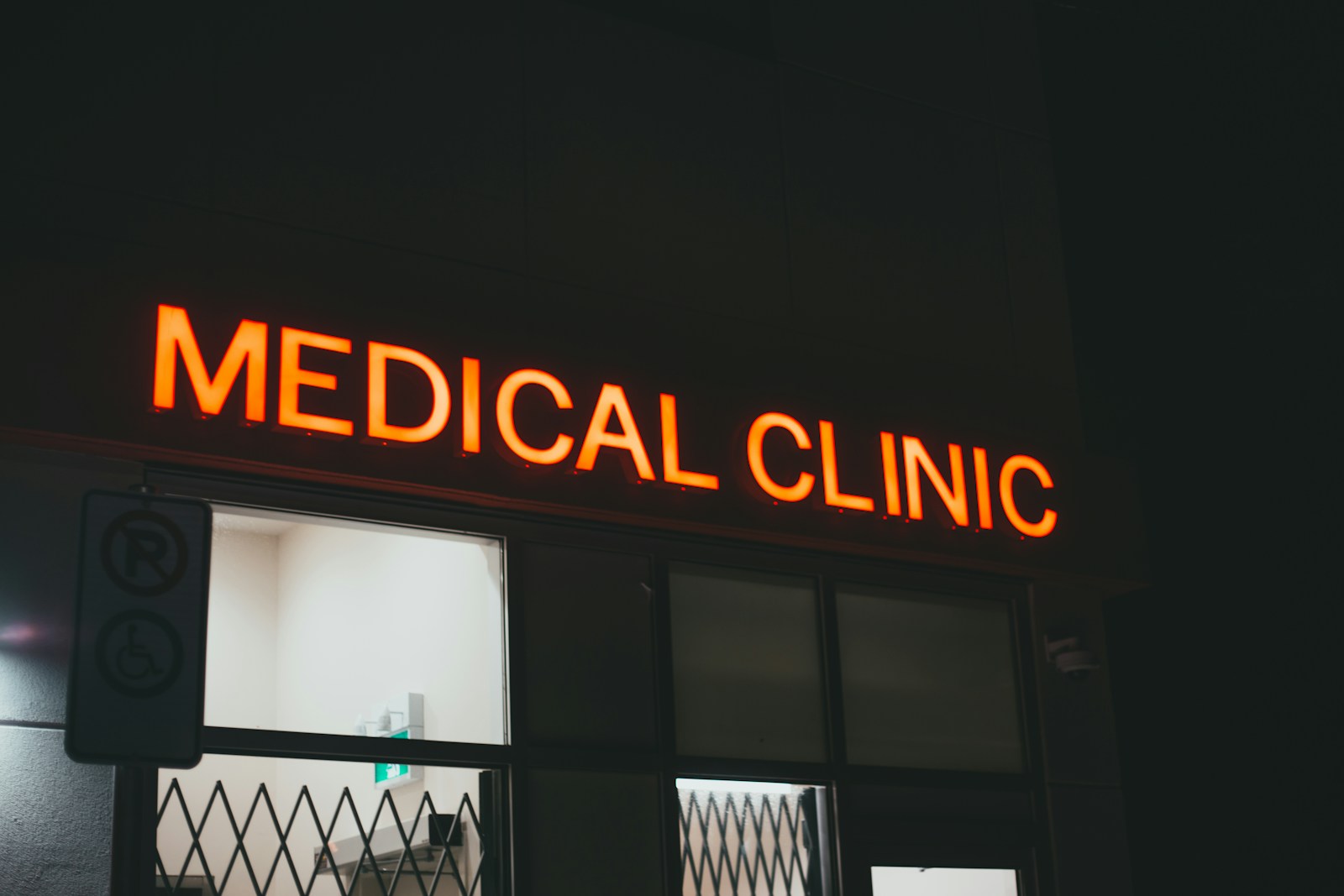Key takeaways
• Medicaid cuts force rural clinics to shut their doors.
• Three Virginia clinics will close this month.
• Experts warn small communities face bigger hits.
• Political leaders clash over who’s to blame.
• Without change, more towns could lose health services.
Rural families rely on local clinics for checkups and care. Yet now, those clinics face closure. In August, Augusta Medical Group said it will close three clinics in Virginia’s countryside. They blamed new budget rules that slash Medicaid funds. As a result, rural areas will struggle to keep clinics open.
How Medicaid Cuts Hurt Rural Clinics
When Congress cut Medicaid by nearly a trillion dollars over ten years, it hit small towns hard. Clinics in cities might absorb losses. However, rural clinics do not share that luxury. They have fewer patients to cover costs. Moreover, they lack extra revenue from higher-income areas. Therefore, Medicaid cuts leave them with empty waiting rooms and fewer nurses.
Rural Clinic Closures Rock Small Towns
In Buena Vista, patients now face a long drive for basic care. When the clinic shuts, locals lose easy access to shots, tests, and follow-up visits. For many, a 30-minute trip becomes the new normal. In small communities, not everyone owns a car. Thus, some people may skip needed treatments.
Economic Strain on Providers
Clinic managers count every dollar. First, they lose Medicaid payments for routine care. Next, they lose patients who cannot afford private pay. Finally, they must trim staff or close entirely. These closures end jobs for nurses and receptionists. They also reduce local tax revenue. Consequently, the town’s economy takes a hit.
Expert Warning: Rural Areas Bear the Brunt
Tim Layton, a University of Virginia policy expert, explains that rural clinics face unique costs. “With fewer people to share fixed costs,” he says, “it becomes harder to stay open.” In addition, he calls the new rural fund a short-term fix. It may cover bills for a year or two but not the decade ahead. Meanwhile, the budget law cuts Medicaid by $137 billion in rural states, while it offers only $50 billion for relief.
Political Fallout and Campaign Rhetoric
The clinic closures have become political ammunition. Democratic candidate Abigail Spanberger spoke in Buena Vista to argue for reversing the cuts. She told voters that lawmakers ignored rural needs. Similarly, Jay Jones, running for state attorney general, blamed the closures on the sitting attorney general’s tie to national policy. He claimed that local leaders failed to fight back.
National Voices Join the Debate
Leaders outside Virginia also joined in. The head of a major teachers’ union said rural health cuts threaten entire communities. She pointed out that many schools depend on local clinics for student health. Without those services, she warned, students and families will suffer. Another campaign group contrasted these cuts with tax breaks for wealthy Americans, arguing the budget favors the rich over working families.
What Happens if Clinics Close for Good?
Communities may lose more than health care. Local pharmacies might close without doctor referrals. Ambulance services could cut routes if they respond to fewer calls. Even grocery stores feel the impact when residents change shopping patterns. In short, a clinic closure often triggers a community decline.
Efforts to Reverse Course
Some officials propose boosting state budgets to fill Medicaid gaps. Others suggest partnerships with larger hospital systems. These systems could temporarily fund rural clinics. However, hospital chains also face their own budget pressures. Thus, their help may last only until their resources run thin.
What Rural Residents Can Do
Residents should speak up at town meetings and contact state lawmakers. Plus, they can join health coalitions to share stories with the media. Strong public pressure might push leaders to find a permanent fix. Also, local businesses can partner with clinics to offer extra funding or volunteer staff.
Looking Ahead: Will More Clinics Close?
Unless federal lawmakers adjust the budget law, more rural clinics will face tough choices. Over the next decade, other states could lose hundreds of clinics. That means more families without nearby health care. On the other hand, a policy change could restore Medicaid funding and stabilize these vital services.
Key Steps for Protecting Rural Clinics
- Advocate at state and national levels for more Medicaid support.
- Encourage local businesses to back community clinics.
- Support candidates who prioritize rural health.
- Join or form community health coalitions.
- Share personal stories to highlight the real impact.
Frequently Asked Questions
What drives rural clinic closures this year?
Major cuts to Medicaid funding under a new budget law drain clinic budgets. Fewer payments mean clinics cannot cover staff or supplies.
How do Medicaid cuts affect families in rural areas?
Families may need to travel farther for care, skip appointments, or face higher bills when local clinics shut down.
Can state governments offset these federal cuts?
Some states increase their budgets or create relief funds. Yet without sustained funding, these measures may not last.
What happens to patients when a rural clinic closes?
Patients often travel long distances for care. In some cases, they wait longer for appointments or rely on emergency rooms.

